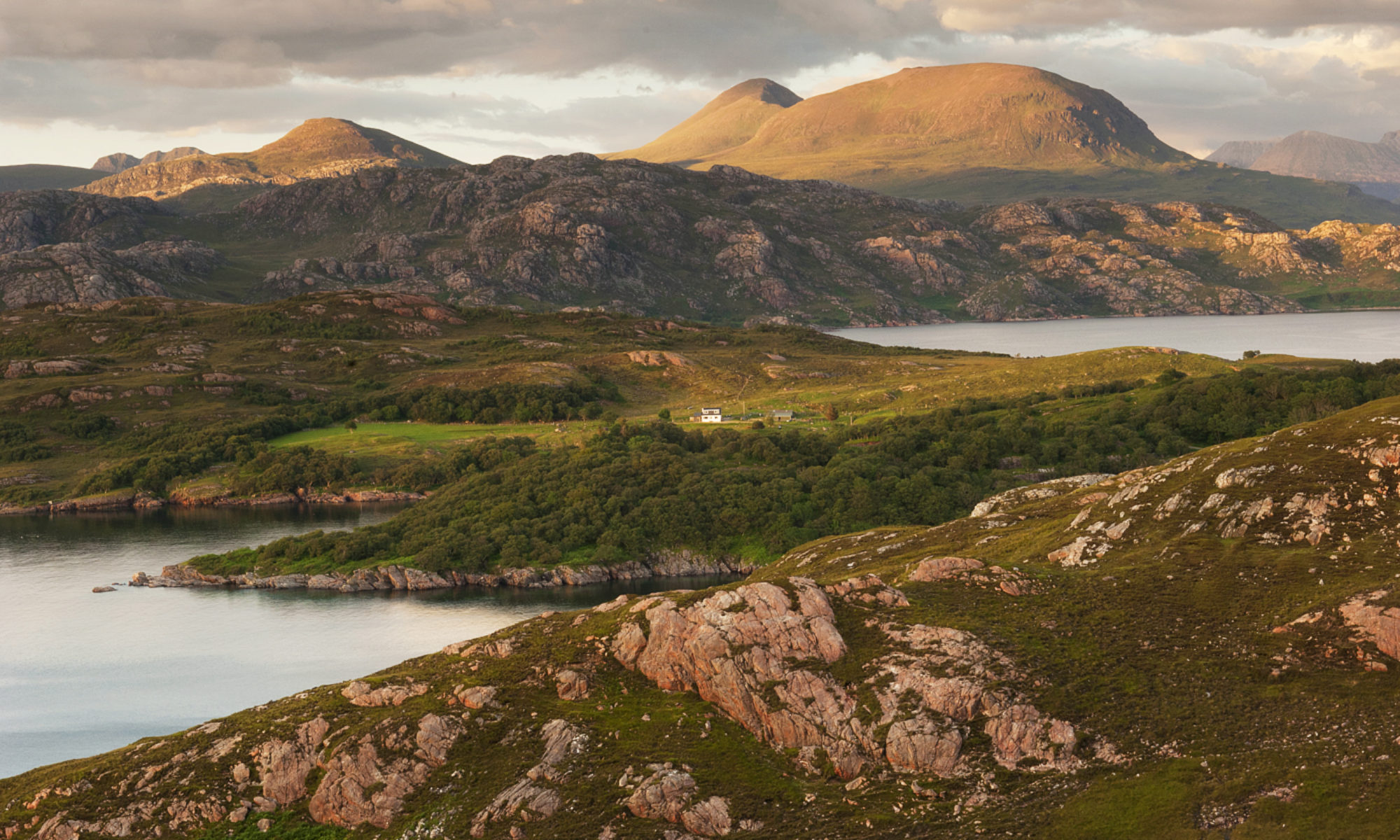
Surfacing by Kathleen Jamie (Sort of Books)
Under the ravishing light of an Alaskan sky, objects are spilling from the thawing tundra linking a Yup’ik village to its hunter-gatherer past. In the shifting sand dunes of a Scottish shoreline, impressively preserved hearths and homes of Neolithic farmers are uncovered. In a grandmother’s disordered mind, memories surface of a long-ago mining accident and a ‘mither who was kind’.
In this luminous and acclaimed new essay collection, renowned author and poet Kathleen Jamie visits archeological sites and mines her own memories – of her grandparents, of youthful travels – to explore what surfaces and what reconnects us to our past. As always she looks to the natural world for her markers and guides. Most movingly, she considers, as her father dies and her children leave home, the surfacing of an earlier, less tethered sense of herself.
About Kathleen Jamie
Multi-award winning poet Kathleen Jamie was born in the west of Scotland in 1962. She has written three works of non-fiction: Among Muslims (2002), an acclaimed travel narrative and the essay collections Findings (2005) and Sightlines (2012), both hailed as ground-breaking nature/travel books. She lives in Fife and is a Professor of Poetry at Stirling University.
Portrait photograph © Jan Klos
External links: kathleenjamie.com Scottish Poetry Library Sort Of Books
An extract from Surfacing by Kathleen Jamie (Sort of Books, 2019)
The Reindeer Cave
You’re sheltering in a cave, thinking about the Ice Age. From the cave-mouth: a West Highland landscape in spring, in the early Anthropocene. On the hillside opposite, six red deer have bedded down in the heather. It’s raining, a soft Highland rain, a smirr.
Not half an hour ago, you were walking beside the burn in a narrow ravine further up the glen. You heard something, glanced up to see a large rock bounce then plummet into the burn twenty-five yards in front of you. The echo faded but your heart was still hammering as you backed away.
They call these caves the ‘Bone Caves’ because of all the animal bones found buried inside, animals long extinct in this country. You’re in ‘Reindeer Cave,’ where antlers rather than bones were discovered. An excava- tion in the 1920s produced hundreds of reindeer antler, almost all from females.
You sit at the cave-mouth, looking out at the rain, thinking about the Ice Age.
You realise you haven’t a clue. We can wait, say the hills. Take your time.
The ice came and went, is that right? Ice covered the land and froze the sea for thousands of years, but now and again, every hundred thousand years or so, came milder spells when the ice retreated, tundra formed on the land and reindeer wandered in. Glaciers in the glens, or what became the glens.
To reach the caves, you climbed a grassy slope a hundred-and-fifty feet above the river. You try to imagine stepping from the cave-mouth onto ice and moraine.
Some years ago, cave-divers entered into this same hill by an entrance higher on the moor, by the back door, so to speak, intending to explore a system below the Bone Caves.
It makes you quail, the thought of crawling through darkness and passageways and underground streams. Echoes and falling rocks.
Deep within, the cavers found the bones of a bear. What was that like? Like reaching the memory of the hill itself.
Eventually, carefully, the bones were brought to the surface. In time they were carbon-dated. They were forty-five thousand years old. A long sleep, even for a bear: sixteen million days and nights had passed in the upper world. Long enough for the ice to return, then yield again, then return in one last snap, then leave for good – or at least for now.
The cave-mouth the bear must have used has since been blocked by the rocky detritus of that last ice-grip, the one which ended ten thousand years ago and created the land we know.
Ten thousand years – in the great scheme of things, we’re living through a warm bank holiday weekend.
Warm and getting warmer.
As to the antlers, they were found before carbon- dating became available. Then, excited speculation concerned us, people, humans! Might there have been Paleolithic humans here, to gather up all those antlers and store them in a cave?
But there’s no evidence for that. Female reindeer, caribou, shed their antlers naturally, up on the calving grounds, and some antlers must have fallen onto the glacier to be borne downhill and swilled into the cave- mouth by meltwater, and duly buried. That’s the surmise.
The hoard of antlers is kept in the store of the National Museum of Scotland. They’re not as you might imagine, not majestic. Ancient fragments, they look more like broken biscuits. Also in the store, wrapped in a box, are the bear bones, including the brown-stained skull. The skull was in the cave and what was in the skull? Bear mind, bear memory – when autumn came and the nights began to freeze, he remembered where the cave-mouth was, so he padded across the glacier.
Also stored away are the remains of other creatures of the caves – lynx, for example. Even the tiny bones of lemmings, saved for the nation in an old Cadbury’s chocolate tin.
The world warms. Last winter was the wettest; no snow or ice to speak of, a flash of blue sky was rare as a comet, the nights were starless and lachrymose. The TV news showed floods and sandbags, householders weeping as they cleared the sodden mess. There were arguments about land management, flood-plains, deforestation. Commentators intoned, ‘Is it climate change?’
Well, you thought sourly, if it walks like a duck and quacks like a duck, it’s a duck.
D’où venons-nous? Que sommes-nous? Où allons-nous?
At your cave-mouth, you wonder if the ice will ever return, a natural cycle, or if we’ve gone too far with our Anthropocene. But who can answer that? We just can’t grasp the scale of our species’ effects. But the single falling stone which could smash our brains out – that we understand.
Now the rain’s easing, and a small scruffy terrier appears at the cave-mouth. Following the dog come children. Their voices carry from down the slope: Daddy! Look! The caves!
The Reindeer Cave, a chapter in Surfacing by Kathleen Jamie (pub Sort of Books, 2019)

